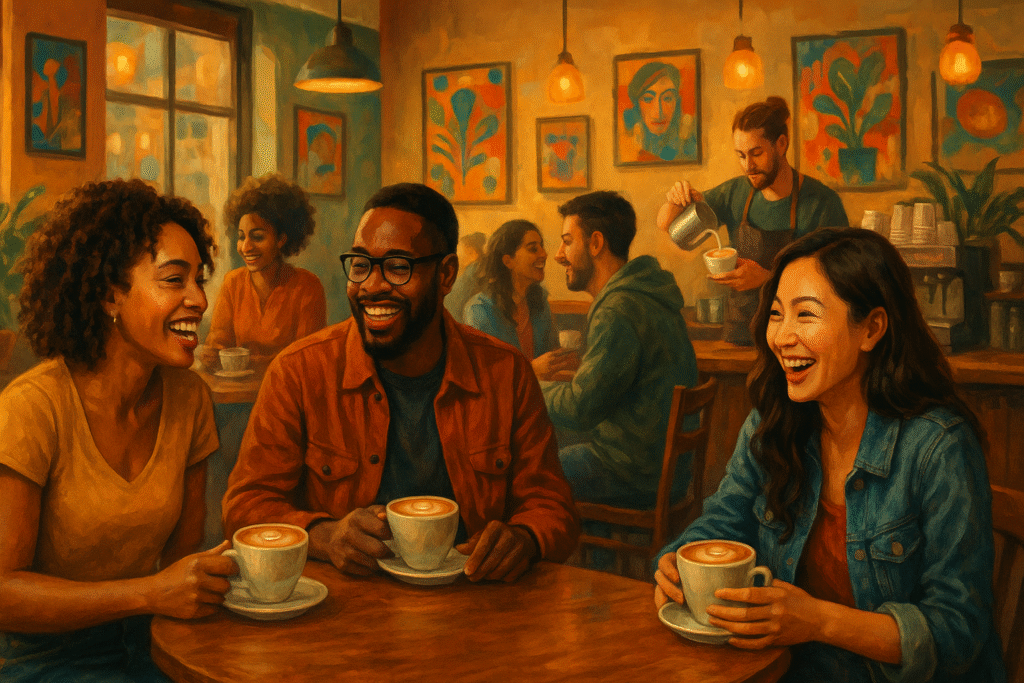Popular Coffee Words You’re Probably Getting Wrong (And How to Say Them Right)
Discover 10 common coffee words you’re likely misusing or mispronouncing. Learn the right way to say and understand these terms to elevate your coffee game.

The first time I walked into an Italian café and confidently asked for an “expresso,” the barista gave me a gentle smile and replied, “Espresso?” That one moment was humbling—and hilarious. Turns out, I’d been mispronouncing my favorite drink for years. And I wasn’t alone.
Coffee culture is full of elegant, foreign, and often misunderstood words. If you’ve ever hesitated before ordering a macchiato or wondered why your “latte” in Rome came without coffee, you’re in good company.
So here’s your friendly and fun cheat sheet to coffee lingo—10 commonly misused or mispronounced coffee terms that every enthusiast should master.
1. Espresso, Not Expresso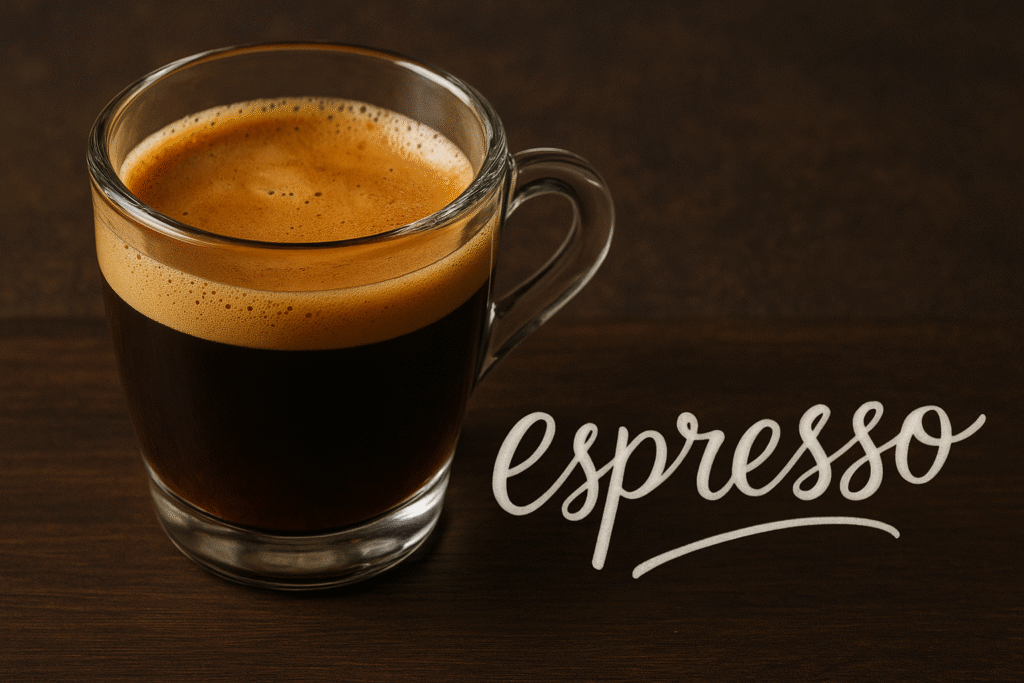
The Mistake: Expresso
Say It Right: Es-press-oh
It’s not about speed. It’s about pressure. “Espresso” comes from the Italian word for “pressed out.” No X needed.
2. Cappuccino, Not Cuppocino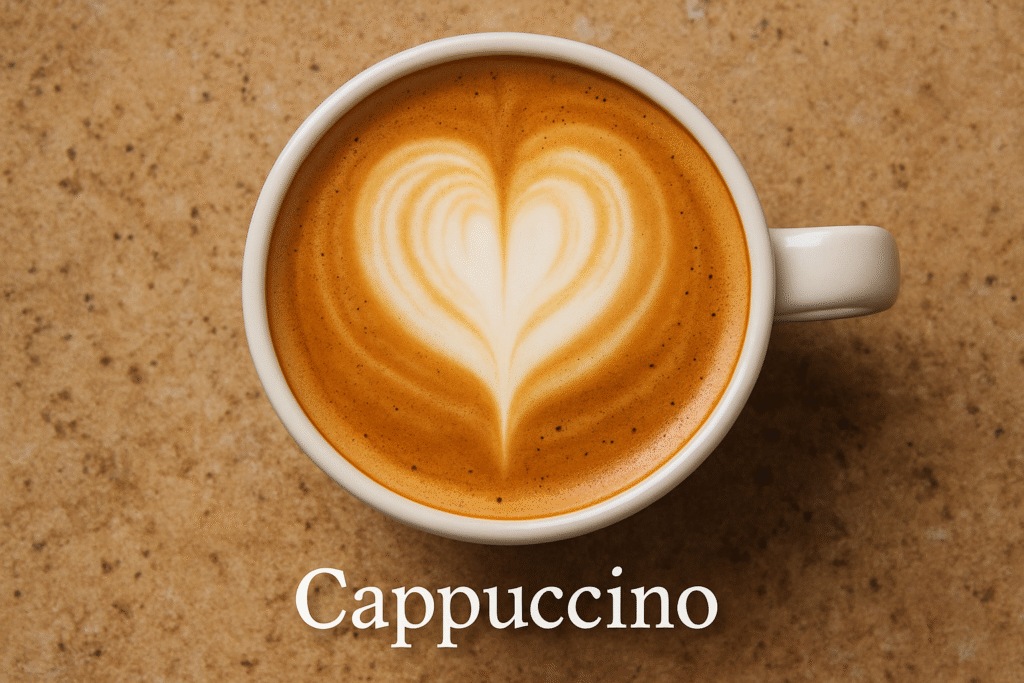
The Mistake: Cuppocino
Say It Right: Cap-oo-chee-no
This creamy, foamy classic is named after Capuchin monks’ brown robes. Get the name right and your foam game stronger.
3. Latte Just Means Milk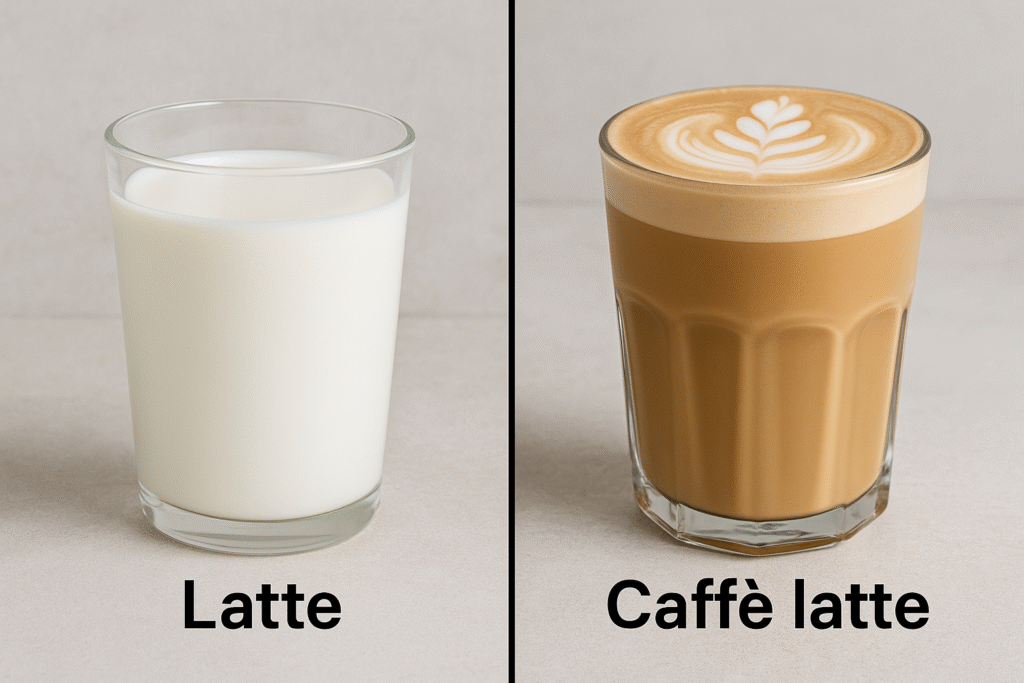
The Mistake: Ordering “latte” and expecting coffee
Say It Right: Ask for a “caffè latte” if you want espresso and milk
In Italy, a “latte” is just milk. So if you order one, don’t be surprised if you’re handed a glass of warm dairy.
4. Mocha, Not Mo-chah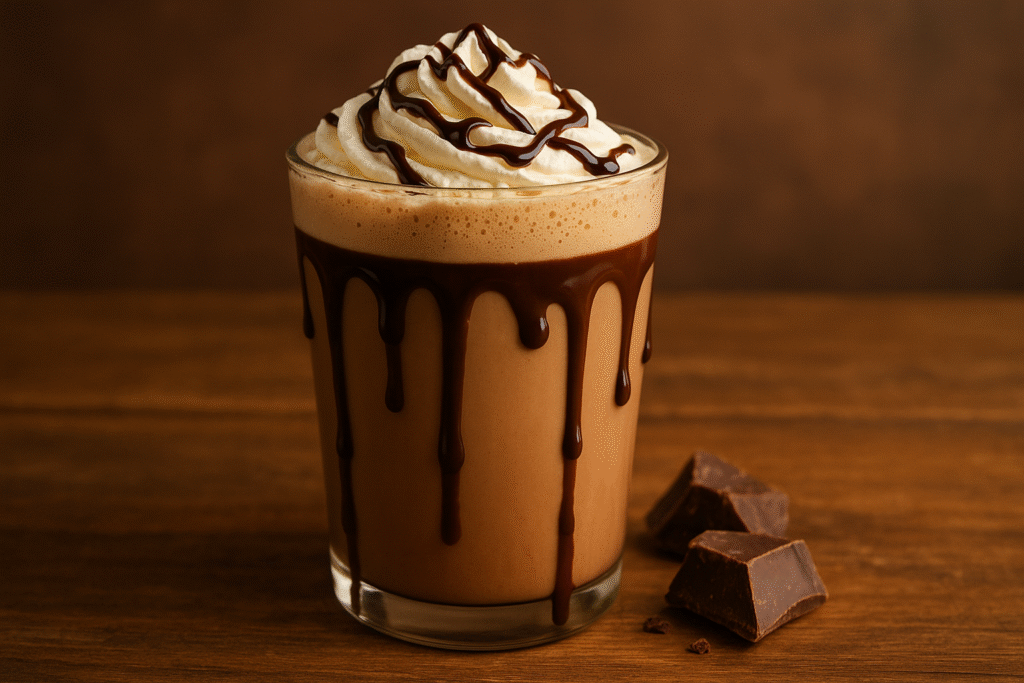
The Mistake: Mo-chah
Say It Right: Mo-kuh
Named after the port city of Mocha in Yemen, this coffee-and-chocolate hybrid is smooth, sweet, and rich—just like the correct pronunciation.
5. Frappe, Not Frapp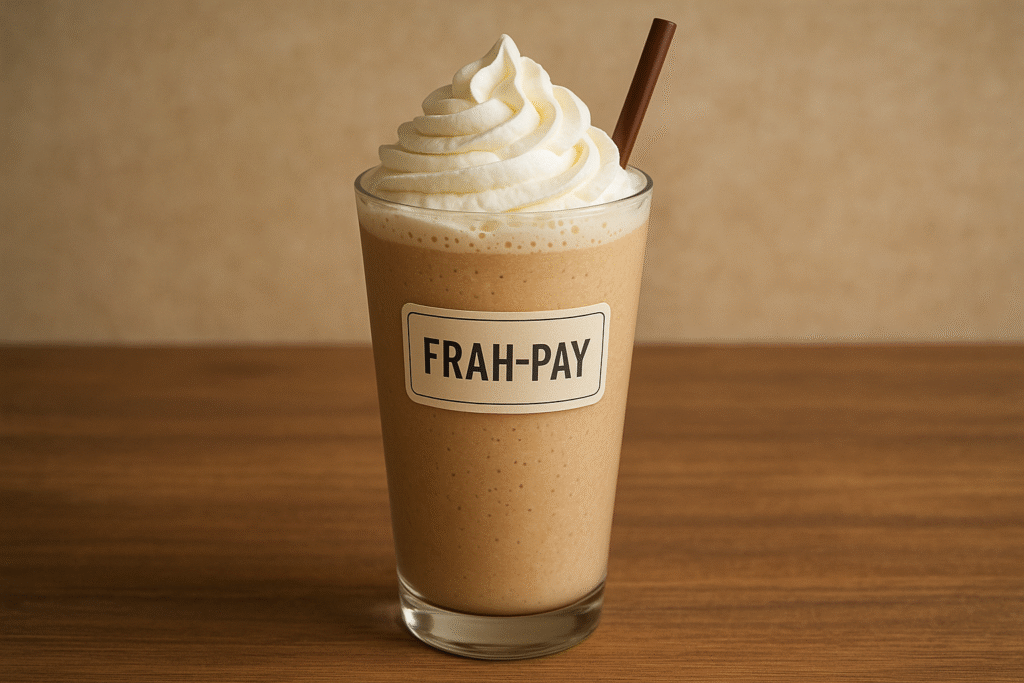
The Mistake: Frapp
Say It Right: Frah-pay
This chilled blend is derived from the French “frappé,” meaning iced. Give it the elegance it deserves.
6. Affogato, Not Af-oh-gah-toe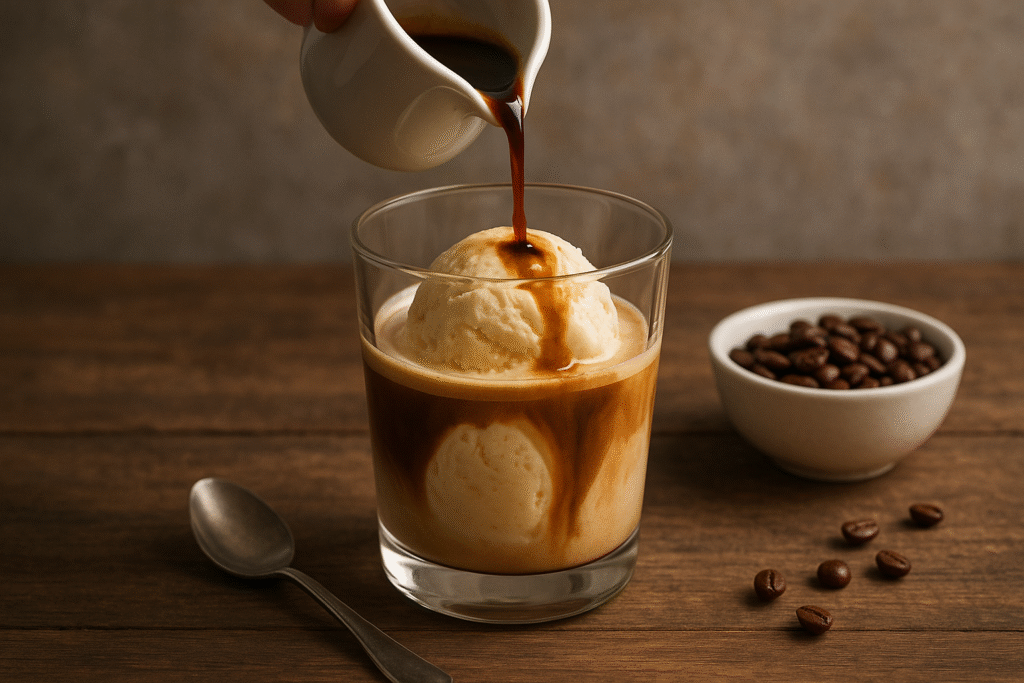
The Mistake: Af-oh-gah-toe
Say It Right: Ah-foh-gah-toh
Affogato means “drowned” in Italian. It’s the heavenly combo of vanilla gelato drowned in hot espresso. Dessert and coffee in one glorious shot.
7. Macchiato Isn’t What You Think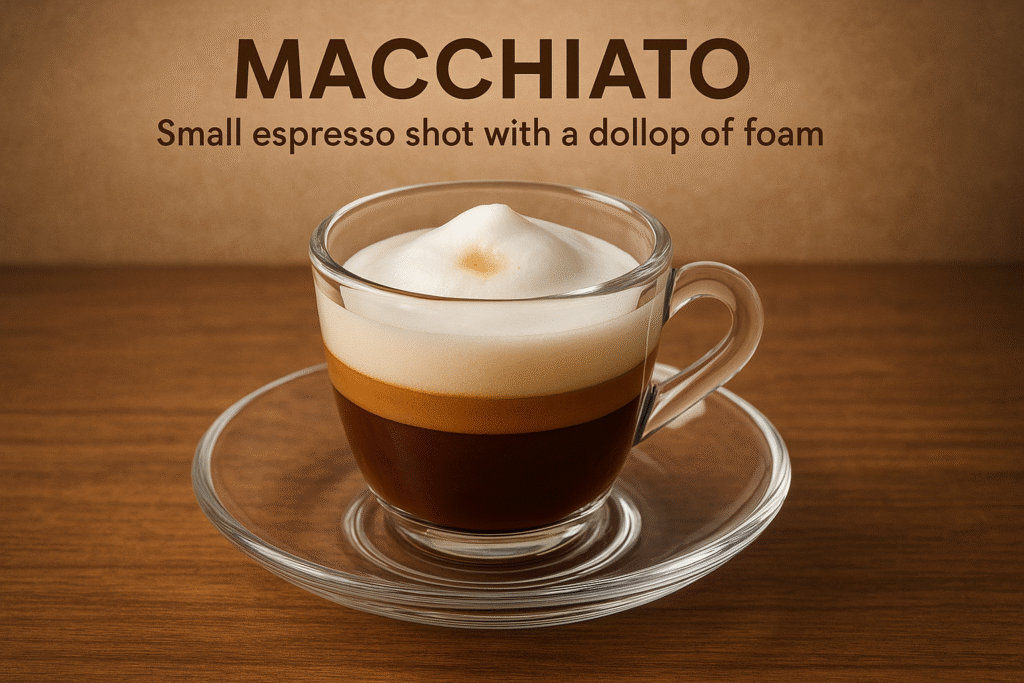
The Mistake: Expecting a sweet, milky drink
Say It Right: Macchiato = Espresso “marked” with milk
The original Italian macchiato is bold with just a dollop of foam. If you want caramel and milk, you’re thinking of a Starbucks-style reinterpretation.
8. Acidity Isn’t a Bad Word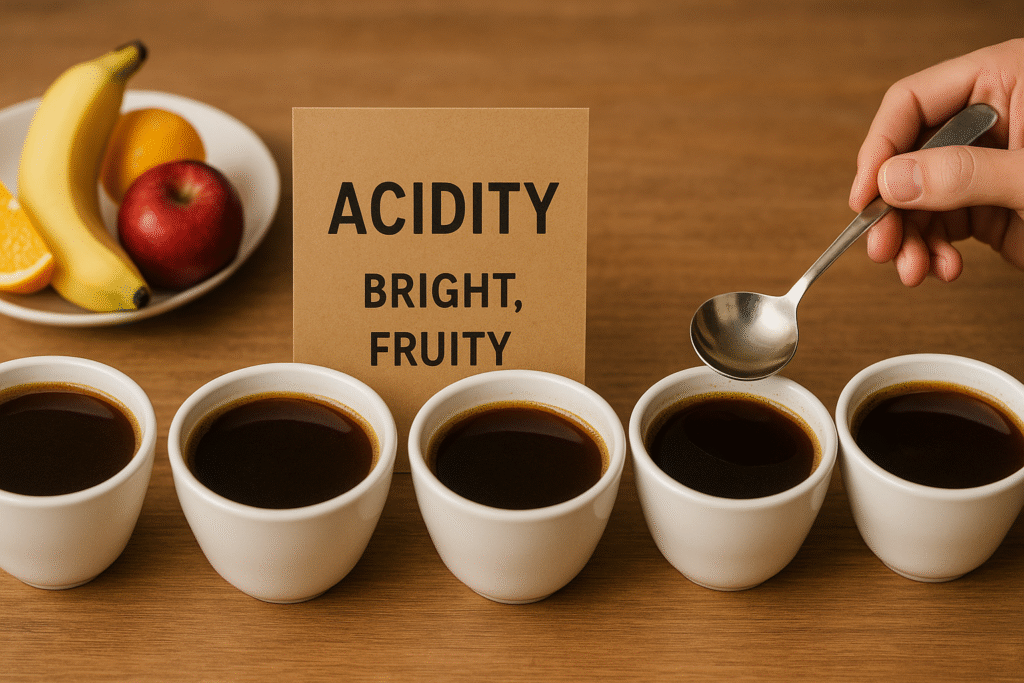
The Mistake: Thinking acidity means sour or spoiled
Say It Right: Acidity = Bright, fruity, tangy notes
Good acidity in coffee is like citrus in wine—it adds brightness and dimension. Embrace it.
9. Strong Coffee Isn’t About Roast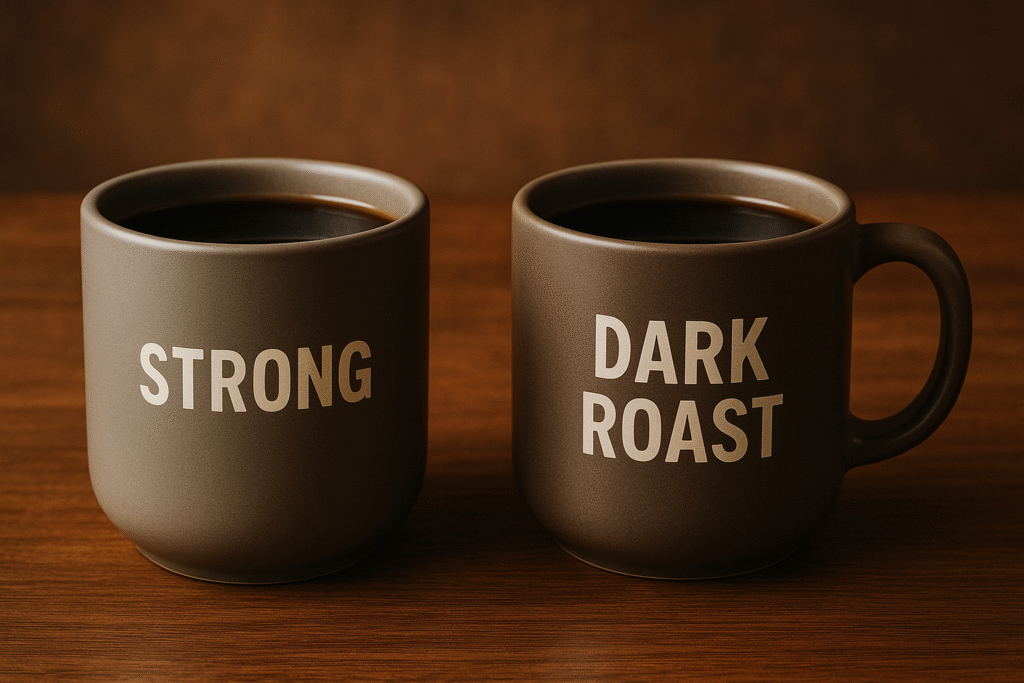
The Mistake: Calling dark roast “strong”
Say It Right: Strength = Brew ratio, not roast color
A light roast with more coffee per water ounce can pack a stronger caffeine punch than a dark roast. It’s all in the brew.
10. Americano vs. Long Black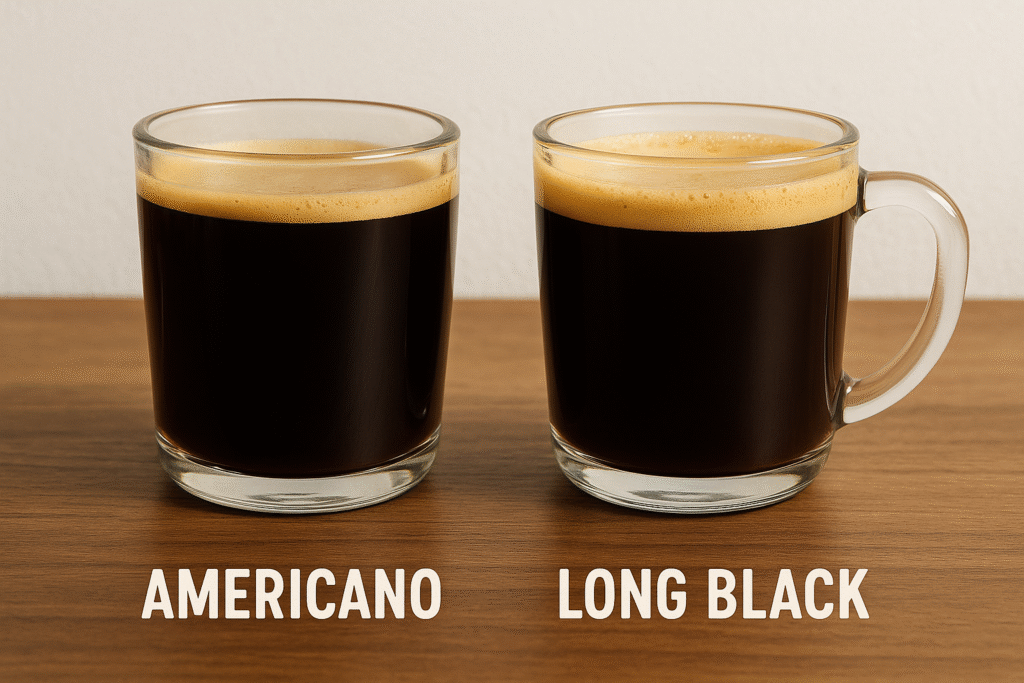
The Mistake: Using them interchangeably
Say It Right: Americano = Espresso + water
Long Black = Water + espresso
Same ingredients, different order. A Long Black keeps the crema intact for a richer texture.
Why This Matters
Misusing or mispronouncing coffee terms isn’t just a funny slip-up—it’s a missed opportunity to connect with global culture, to appreciate tradition, and to elevate your experience. When you get it right, it deepens your relationship with your daily ritual.
Knowing your lattes from your long blacks doesn’t just impress baristas—it lets you enjoy each cup with confidence and intention.
Final Sip: A Little Knowledge of Popular Coffee Words
Last week, a friend asked me to grab her a “frapp” from the café. I smiled, gently corrected her—“It’s frah-pay”—and we both laughed. Moments like that remind me: coffee isn’t just about caffeine. It’s about culture, conversation, and connection.
Learning to say espresso instead of expresso or knowing what a macchiato really is—it’s not just semantics. It’s about honoring a craft that spans centuries and continents. It’s about sipping with intention.
So next time you place your order, say it like you mean it. Say it like someone who knows that coffee isn’t just a drink—it’s a language. And now, you speak it a little more fluently.
Here’s to smarter sips and better brews. ☕

